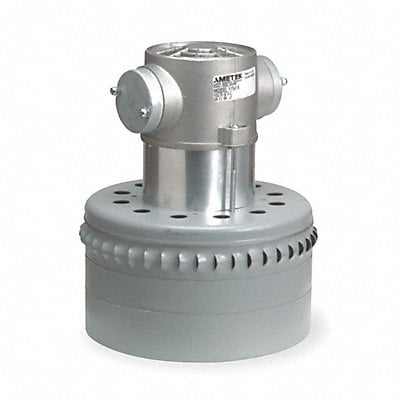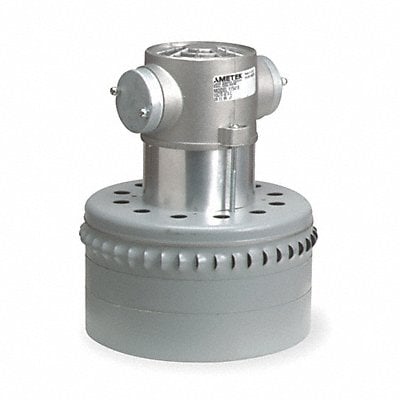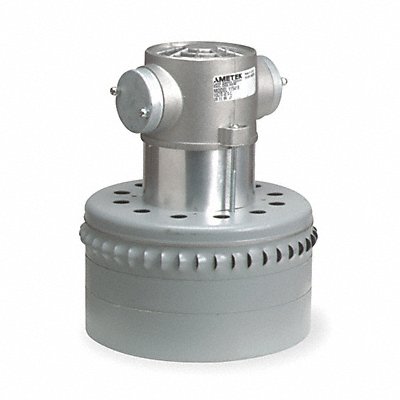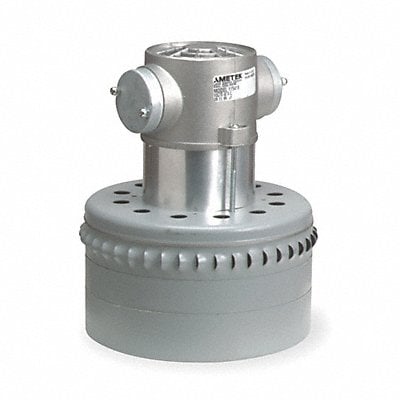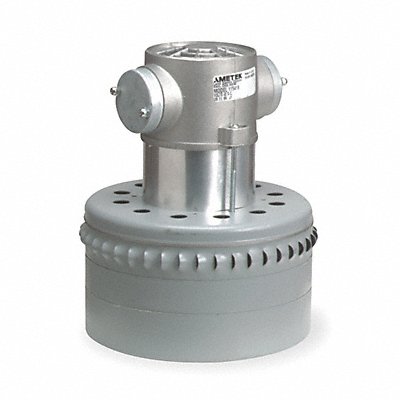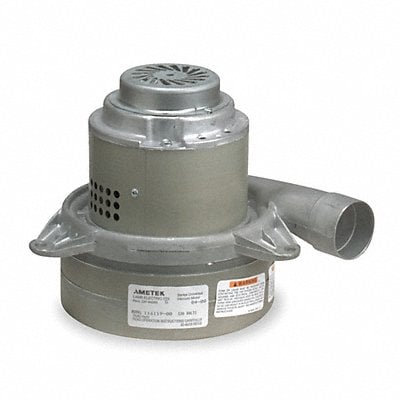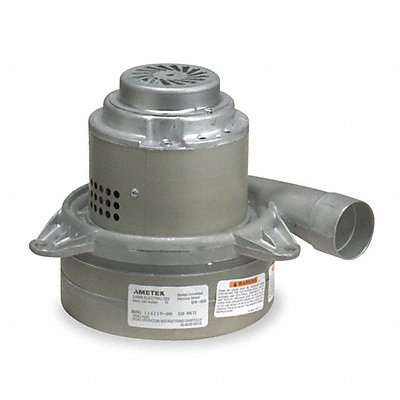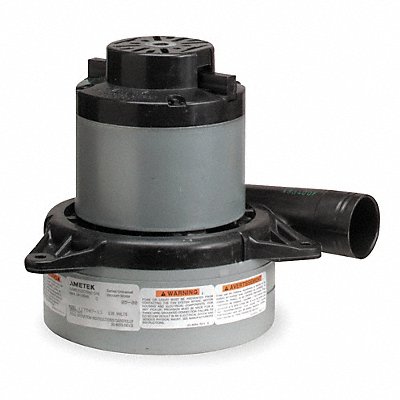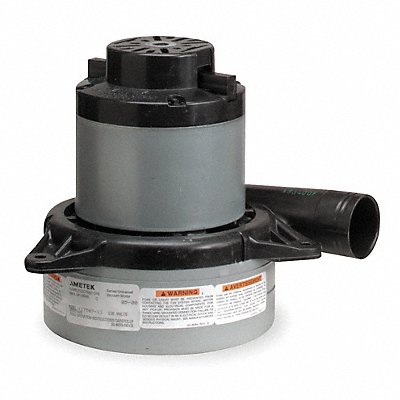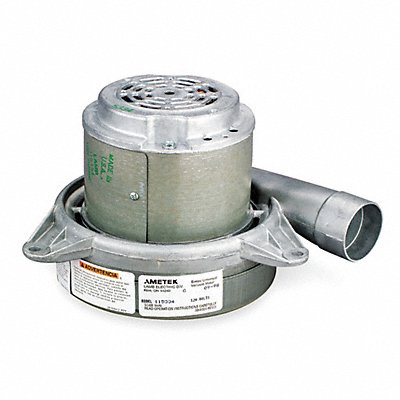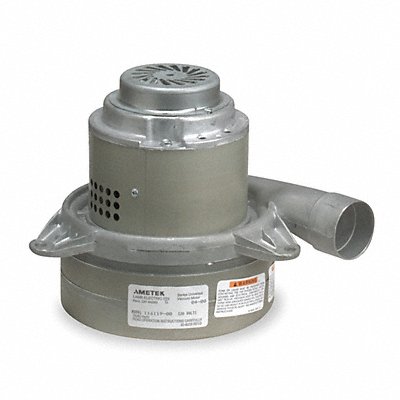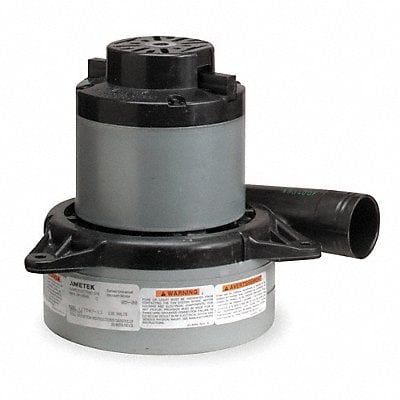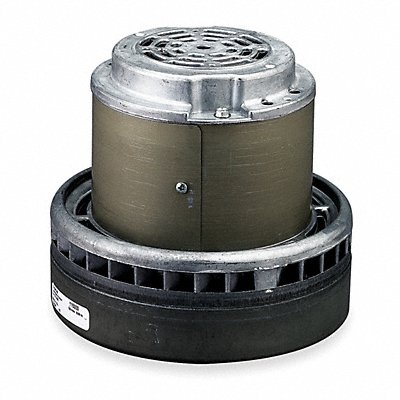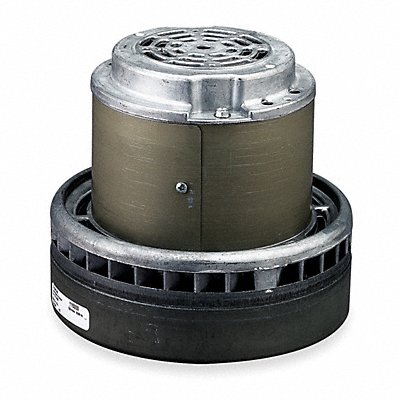Exploring Vacuum Motors: Efficiency, Applications, and Replacement Insights
Introduction
Dive into the world of Vacuum Motors and uncover their pivotal role in powering efficient vacuum systems. This comprehensive guide unveils the unique features that define these motors, their wide-ranging applications, projected lifespan, and key indicators signaling the need for replacement.
Top 10 Characteristics of Vacuum Motors:
Vacuum Motors present a distinctive array of attributes:
1. High Suction Power: Motors designed to generate strong suction for efficient vacuuming.
2. Optimal Airflow Efficiency: Ensuring thorough debris collection.
3. Versatile Mounting Options: Offering adaptability in various setups.
4. Low Noise Operation: Engineered for quiet and unobtrusive performance.
5. Energy Efficiency: Designed to minimize energy consumption and operating costs.
6. Durable Build: Constructed with resilient materials for long-lasting performance.
7. Thermal Protection: Integrated safeguards against overheating.
8. Compatibility: Suitable for various vacuum system configurations.
9. Easy Maintenance: Straightforward upkeep contributes to extended lifespan.
10. Compact Design: Space-efficient motors for streamlined vacuum units.
Top 10 Applications of Vacuum Motors:
Vacuum Motors find relevance across diverse industries:
1. Household Cleaning: Powering residential vacuum cleaners for clean living spaces.
2. Commercial Cleaning: Ensuring tidy and sanitized commercial environments.
3. Industrial Debris Removal: Supporting efficient debris collection in factories.
4. Automotive Detailing: Facilitating thorough cleaning of vehicles.
5. Healthcare Facilities: Maintaining hygienic and sterile medical environments.
6. Hospitality Industry: Ensuring clean and inviting guest accommodations.
7. Laboratories: Supporting precise cleanup in controlled environments.
8. Retail Spaces: Contributing to pristine shopping experiences.
9. Educational Institutions: Facilitating clean and healthy learning environments.
10. Specialized Industries: Serving unique cleaning requirements.
Expected Lifespan of Vacuum Motors:
The operational lifespan of Vacuum Motors varies based on usage and maintenance practices. Regular care can significantly extend their service life.
Signs Indicating Replacement of Vacuum Motors:
Stay vigilant for signs that suggest the need for motor replacement:
1. Decreased Suction Power: Decline in vacuuming efficiency.
2. Unusual Noises: Uncommon sounds during motor operation.
3. Overheating: Frequent motor overheating leading to shutdowns.
4. Vibrations: Excessive vibrations during motor use.
5. Inconsistent Performance: Fluctuations in vacuuming strength.
6. Increased Energy Consumption: Unexpected rise in power usage.
7. Corrosion and Damage: Visible corrosion or damage on the motor.
8. Struggling Motor: Motor experiencing difficulty maintaining performance.
9. Air Quality Issues: Impaired indoor air quality due to motor problems.
10. Age and Wear: Motors nearing the end of their expected life.
Top 3 Use Cases for Vacuum Motors:
1. Residential Cleaning: Powering vacuum cleaners for homes.
2. Commercial Facilities: Ensuring pristine environments in businesses.
3. Healthcare Settings: Supporting hygiene in medical facilities.
Summary
Vacuum Motors play a crucial role in efficient debris removal across various applications. Understanding their features, applications, and replacement signs helps ensure clean spaces and optimal performance.
Product Recommendations:


